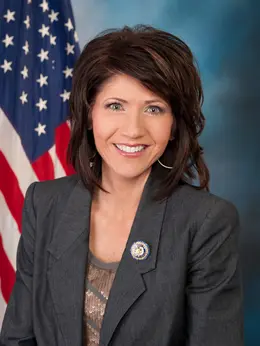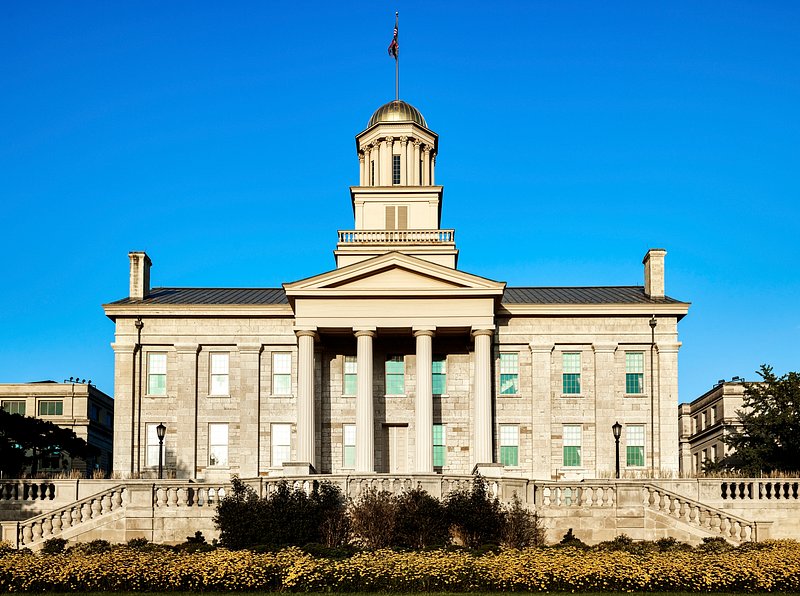South Dakota’s financial outlook remains robust, projecting steady economic growth through 2026, despite a notable revenue decline. The state of South Dakota anticipates significant economic expansion in key areas such as consumer spending and investment earnings. These projections come even as former Governor Kristi Noem recommended over $100 million in targeted spending reductions in her proposed FY 2026 budget to tackle a projected $240 million revenue shortfall.
During a presentation to the legislature’s Joint Appropriations Committee, state economist Derek Johnson, alongside Jeff Mehlhaff, deputy director and fiscal chief for the Legislative Research Council, provided an in-depth analysis of South Dakota’s fiscal environment.

Kristi Noem
According to the Bureau of Finance and Management (BFM), South Dakota expects its total revenue to reach $2.686 billion in fiscal year 2025, buoyed by continuous economic expansion and consistent consumer spending. However, the FY 2026 forecast points to a revenue of $2.446 billion, attributed primarily to the expiration of one-time receipts and not underlying economic problems.
South Dakota’s economy continues to solidify its foundation with a favorable outlook fueled by strong consumer activity and strategic policymaking. The primary revenue source, sales and use tax, is projected to contribute $1.433 billion in 2025, highlighting the state’s economic resilience. Additionally, there is an anticipated 96% surge in investment earnings for fiscal year 2025.
Derek Johnson state economist
Two policy changes are set to impact South Dakota’s finances: the repeal of a tax collection credit, expected to inject an additional $6.8 million into state funds in 2026, and a reduction in the Tobacco Prevention Trust Fund allocation from $5 million to $2 million per annum. These measures are poised to stabilize the state’s financial landscape, ensuring that fiscal objectives align with economic realities.
State forecasters also predict two Federal Reserve interest rate cuts in 2025, which could boost consumer spending further. Meanwhile, inflation rates are expected to hit 2.9% in 2025 and 3.3% in 2026, which are figures that will undoubtedly feature prominently in ongoing policy discussions and budget decisions.
Jeff Mehlhaff
The legislature’s Joint Appropriations Committee is working diligently on the general appropriations bill, with final revenue targets to be selected imminently. Historically, the South Dakota legislature passes the state budget on the last day of the regular session, making the need for accurate projections and strategic recommendations more pertinent than ever.
In summary, South Dakota is steering through financial fluctuations with strategic foresight, ensuring the state remains on a stable path to sustained growth and prosperity. The combination of well-thought-out policy decisions and a clear understanding of economic trends will drive South Dakota’s continuing success.
